Okay, everyone, lift your hands up if you think eating healthy is expensive? Just look at those bio protein bars that cost an arm or a leg or take a cleansing smoothie that’s basically a farewell to your weekly rent. With takeaway meals priced as low as $1, no wonder we think of legumes and stuff as somewhat of a modern world’s luxury.
But one pro chef who goes by the Reddit handle u/Aichliss has done everyone a public service and listed all the ways to hack the grocery store. Point by point, the chef listed game-changing things we should all know before and while shopping in order to eat cheap, healthy and well. As you suspect, there's no ready-made frozen chicken curry in there.
So get your notebooks, everyone, we are about to do groceries, but the smart way. Like proper adults.
 Image credits: aichliss
Image credits: aichliss
#1 Meat Is A Luxury, Not An Essential
I say this because in modern western culture eating meat every day is seen as normal. This is an oddity when we examine all of human history, and this notion should be abandoned if we’re trying to live more affordably. Meat is grossly overrepresented in most diets, and you should always ask if you could cut your portion of meat down in exchange for more vegetables and grains.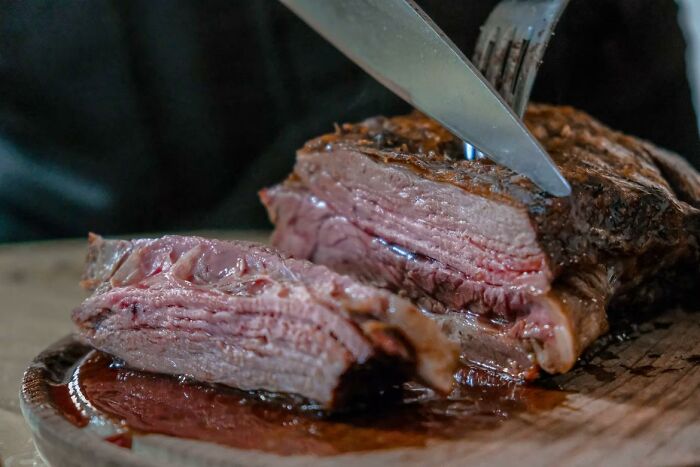
Image credits: aichliss
#2 Fruits And Vegetables: Frozen Stuff
Frozen fruit and veg is great, mostly. Maybe dodge the chopped carrots and corn a lot of us ate growing up or find in bad takeout Chinese food, but hey - grab that bag of frozen berries or peas and throw ‘em in anything that warrants it. Technology for frozen produce has improved dramatically in the last few decades, and we should capitalize on that.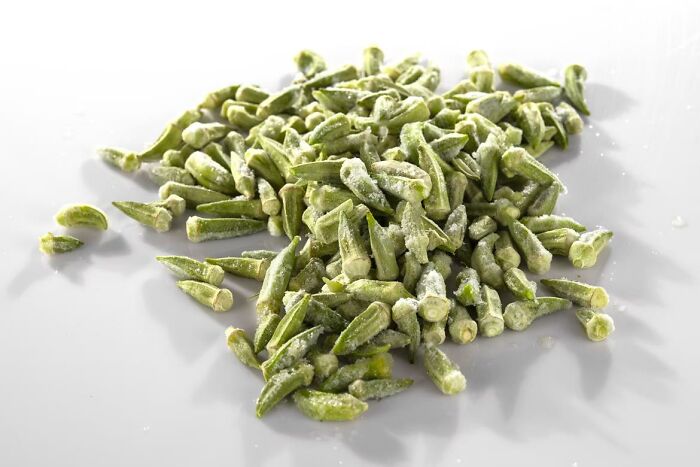
Image credits: aichliss
#3 Make Your Own Coffee, And Buy A Thermos
I know Starbucks is delicious. Guess what? You can find a recipe for every drink they make online, and then make it better. Some restaurants literally survive because they can sell coffee at a nearly 2000% markup. Truck stop diners and high-end coffee shops do this. I recommend making cold brew the night before, since you literally just have to strain it in the morning rather than brewing a pot.
Image credits: aichliss
#4 Fruits And Vegetables: For Shopping
Generally when you buy produce you should go, in order, to the discount rack, then the sales, and then everything else. Someone out there has a recipe for literally everything, and some of them are even good. A pepper with a blemish or tiny spot of mold is still fine, assuming you cut away the blemish or tiny spot of mold.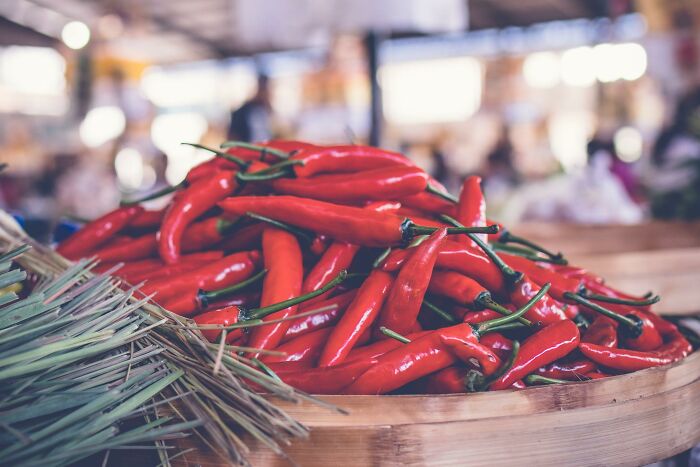
Image credits: aichliss
#5 Avoid The Junk Food Aisles
Chips, sugar cereals, premade salad dressings, sweet juice/pop, and processed foods like KD or tv dinners are not the way to go if you’re looking to get the most out of your dollar at the grocery store. They’re bad for you, they’re expensive relative to the cost of production, and they put a burden on your body that you’ll pay for down the line. Exceptions to this are staple sauces like a good soy sauce and fish sauce, grains and legumes, and canned veggies.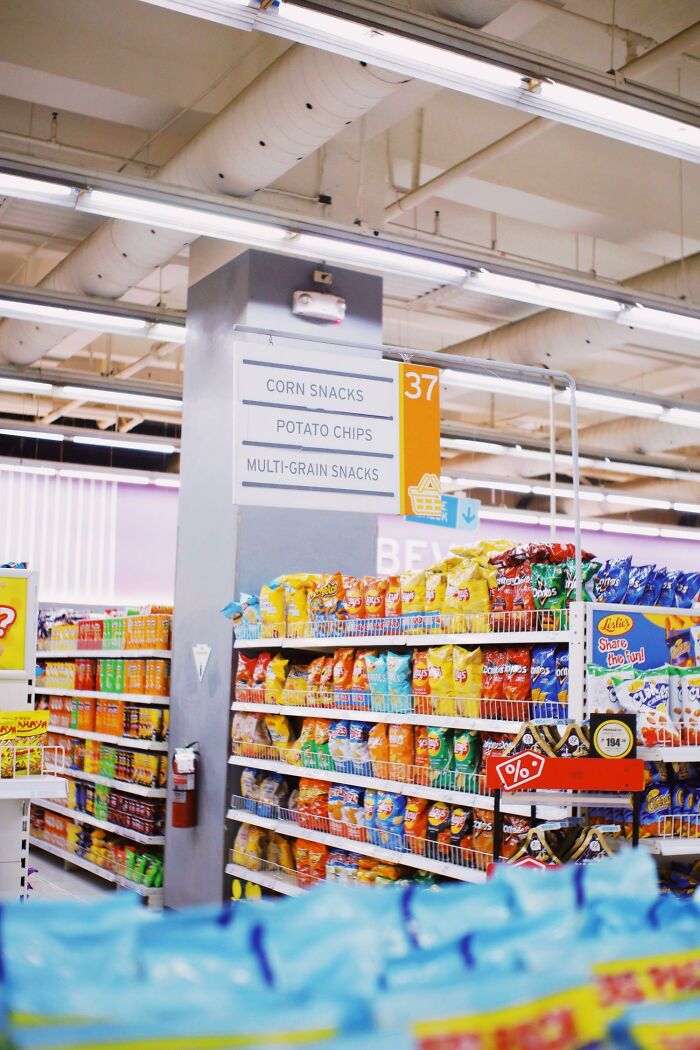
Image credits: aichliss
#6 Learn To Cook
All of this information is fundamentally more useful if you know how to cook. Not knowing how to cook is a luxury afforded to those with the means to afford living in ignorance of this most basic human skill. You are living outside your means if you live in a well-off country, don’t make a least $60k a year, and can’t cook.
Image credits: aichliss
#7 Legumes
Buy these dried as often as possible. Keep a stock of beans, lentils, and dried chickpeas around if you can. They’re cheap, almost always available, and virtually imperishable. As such, assuming you don’t throw them out and keep them properly stored, buying these is a 100% return on your investment.Legumes are one of the most versatile options in your kitchen. As long as you soak them and put them in the fridge before you go to bed they’ll be available the next day to cook quickly. These are the best thing to have if you’re looking to stretch a meal because of their nutrient density and the fact that they’re just damn delicious on their own.
Look into middle-eastern and African cuisine for creative ways to use these ingredients. Some really common examples are lentil curry, hummus, falafels, and putting chickpeas in a shakshuka. This isn’t a recipe post, so look up how to make them yourself - some grandma has a better (and probably even cheaper) recipe than I do.
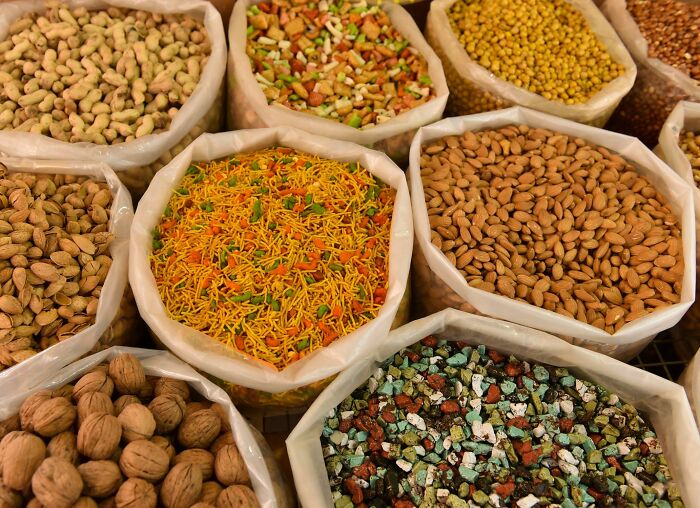
Image credits: aichliss
#8 Stay Away From The Instant Ramen
I know it’s cheap. I KNOW you like how easy it is. I don’t give one flying f**k. It’s awful for you, it isn’t cheaper than a bowl of rice with soy sauce, a fried egg, and some frozen peas, and it’ll kill you slowly. Just don’t, and ignore anyone’s advice about how it got them through college. Hell, if anyone’s advice involves doing what they did in college, take it with a grain of salt. There’s good advice sometimes, and a LOT of bad.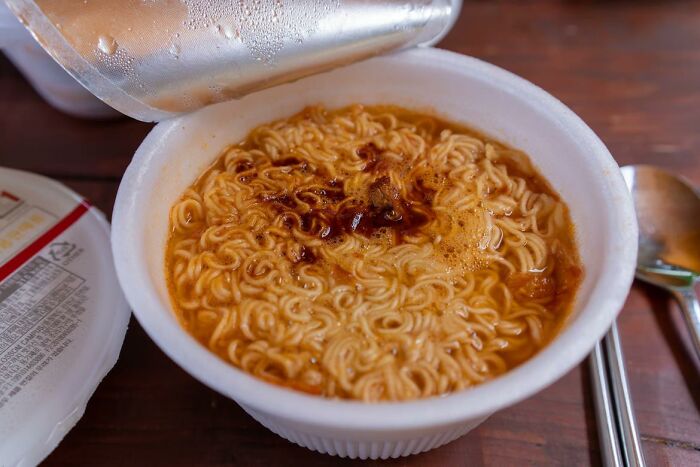
Image credits: aichliss
#9 Avoid “Superfoods”
Not because they’re bad for you - just because of their jacked prices. Not to mention oftentimes the industries surrounding them are ethical nightmares. Don’t get me started on avocado cartels and the impact of quinoa farming on low-income South American communities. In reality, most grains and cereals have a lot of nutrients and minerals, and they’re often overlooked. Learn the nutrition facts, and make decisions accordingly. Google and online databases are your friends, here.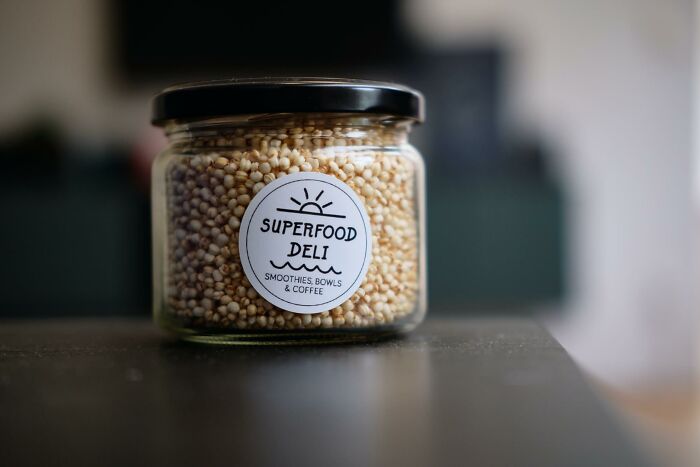
Image credits: aichliss
#10 Find The Under-Appreciated And Over-Supplied Produce
I CANNOT STRESS THIS ENOUGH. There’s always a bin of some forgotten veggie no-one eats for some reason. In the west, at least, it seems to often be rutabagas/turnips. I’ve also seen apples in the fall, corn, and cabbages fall into this category. This is because of a good harvest, or because of a lack of consumer interest - any time this happens, capitalize on it. Everything is delicious if you cook it properly. Buy seasonally, and learn how to use the things you buy. You’ll eat like a king and pay like a pauper.
Image credits: aichliss
#11 Fruits And Vegetables: Tomatoes
Good fresh and better canned. Use fresh tomatoes raw for whatever you want and use canned tomatoes for sauces. Buy canned tomatoes with as little added salt and sugar as possible.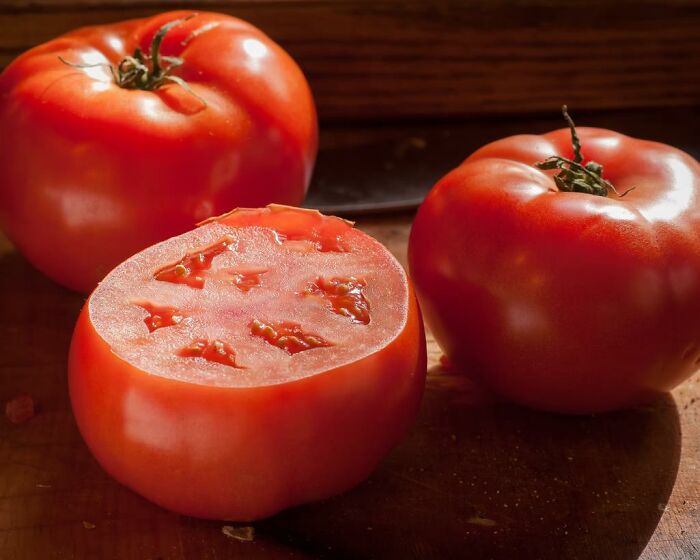
Image credits: aichliss
#12 Learn How To Break Down Your Proteins
A chicken isn’t just 8 portions of meat - it’s also bones and carcass for a stock or soup, fat to be rendered out and used as a cooking oil (thanks, jewish folks!), and skin to be cooked down into delicious little chips. This same list can be used for pork, beef, and any other mammal you eat.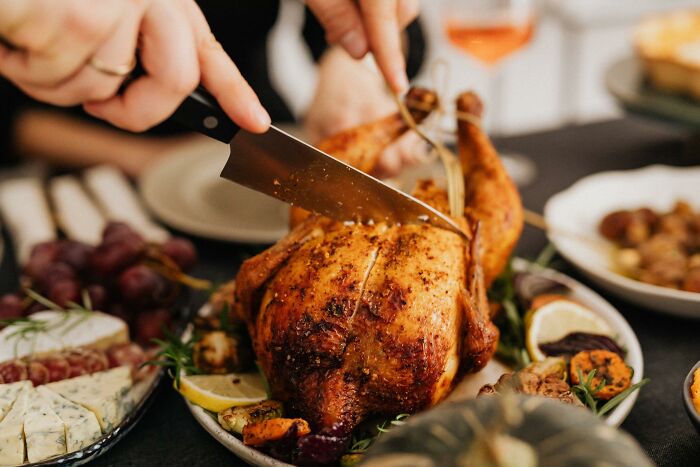
Image credits: aichliss
#13 Cheese Is A Luxury, So Treat It Like One
If you’re gonna buy it I recommend buying less of it less often, and buying the good stuff when you do. Kraft block cheese only costs as little as it does because it’s the by-product of the real money-maker: whey protein production. If you’re gonna buy cheese, please support a real cheesemaker. The cheese lover in you will be happier for it.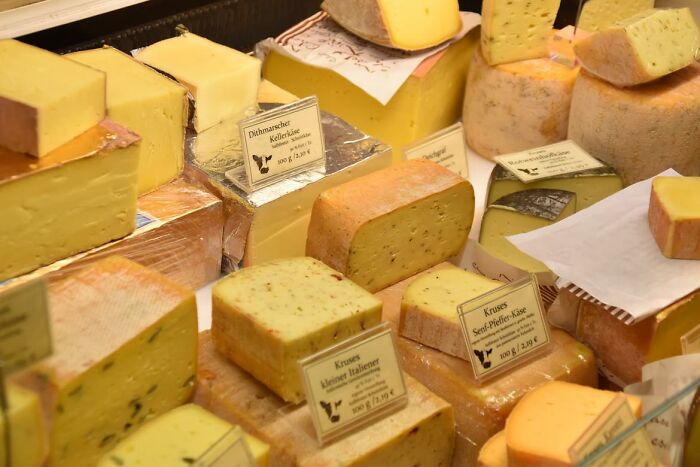
Image credits: aichliss
#14 Alcohol Is A Luxury
If you want a drink, I recommend doing it less often and drinking the good stuff. If you like the cheap stuff that’s fine, “good stuff” is all relative anyway. Just drink less and focus on quality over quantity, whatever your preferences are.
Image credits: aichliss
#15 Grains And Cereals: Flour
FLOUR is an essential staple, unless you’re celiac or gluten free - a topic on which I won’t speak because I’m confident anyone who has to deal with those issues knows more than I do. I recommend grabbing all-purpose flour due to its gluten content being a middle ground between low-gluten pastry flour and high-gluten bread flour. You can still use it to make bread, and it has a myriad other uses as a binder or thickener for sauces.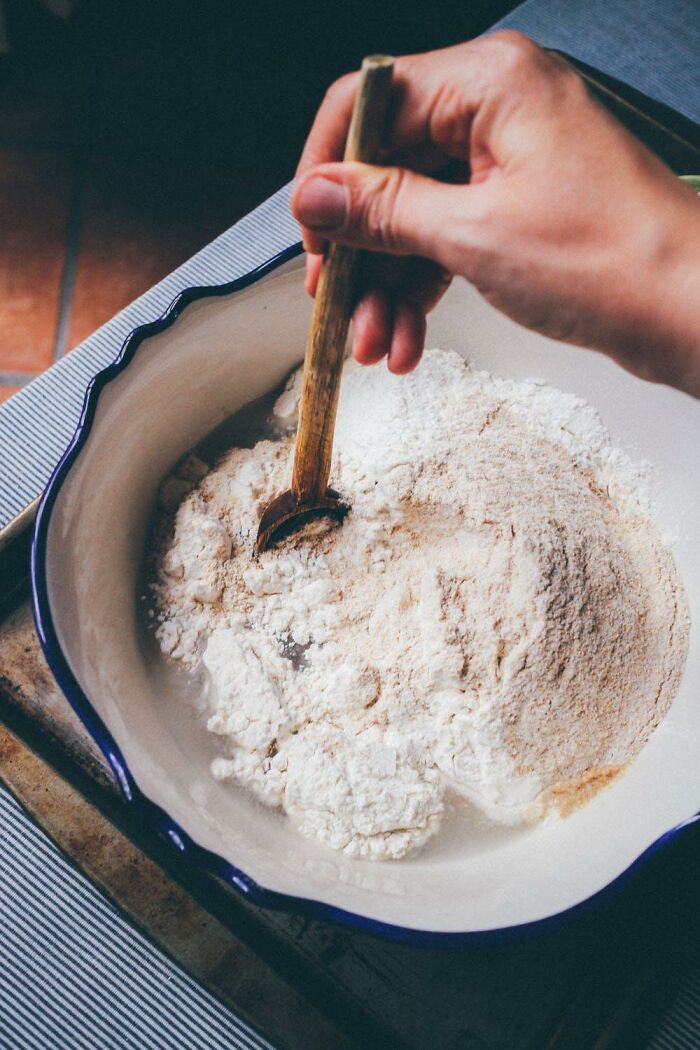
Image credits: aichliss
#16 Fruits And Vegetables: Canned Stuff
I generally have a personal aversion to all canned veggies and fruits except tomatoes, but that’s just my privilege speaking. If you want to buy them or if fresh produce is hard to come by, avoid getting anything with added salt or sugar. Cross-reference the nutrient info on the can with info from a fresh counterpart to avoid buying filler garbage, and try to find somewhere to live with better food accessibility. Alternatively, save up and make a killing by opening a fruit and vegetable market to remove the need to read this very ling post any further. (This is a joke and I recognize the struggle of those in impoverished communities with awful food accessibility.)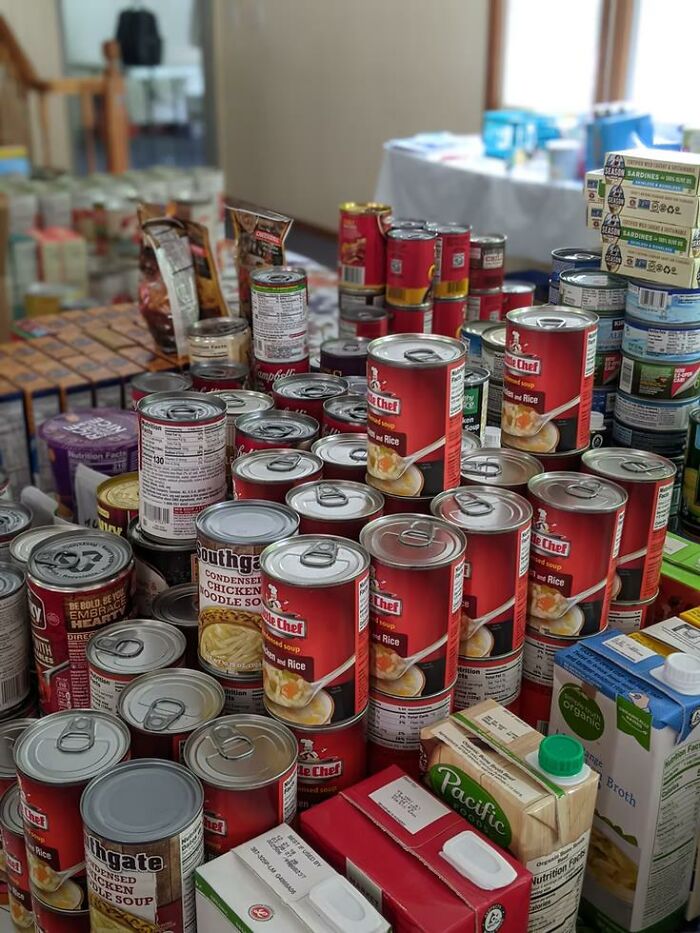
Image credits: aichliss
#17 If You Do Buy Fish Or Seafood
All the rules for proteins apply. Fish bones and crustacean shells for stock, fat deposits on the occasional salmonid for whatever you want, and fish skin, if it’s your cup of tea, for a lovely snack. Hell, fish organs and salt make up the base for a fermented fish sauce, if you really want to go the extra mile. Rome survived off of fish sauce and bread for longer than our society has been around. The one big difference between fish and meat is that frozen fish tends to suck relative to fresh in a much bigger way - both in terms of quality and retained nutrients. Put frozen fish in soups or curries, to avoid nutrient drain from the water that inevitably will leak out of your fish.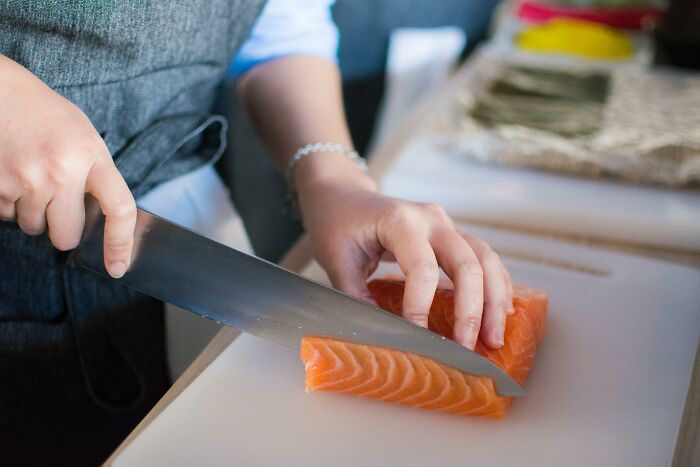
Image credits: aichliss
#18 Grains And Cereals: Rice
RICE is amazing, as most know already, but seriously - it’s one of the most important crops in the world. It’s kept civilizations alive on its back for all of recorded history, and it’ll keep you alive, too. There is no better “fill me up” food I can think of. Wait for those huge sacks of rice to go on sale (it happens pretty frequently), then buy 2. They last forever. Ideally grab long-grain rice if you’re just looking for a side-dish or fried rice base, but in a pinch short grain’ll do; it’s just less forgiving and the starches don’t retrograde as fully so when you cool it it doesn’t keep as nicely.KEEP IN MIND that rice is pure carbs. It’s a good base, but you need other stuff to go with it or else you’ll be deficient in nutrients and feel awful all the time. Trust me from experience - college me went through a raw-egg-on-rice phase, and it wasn’t pretty.
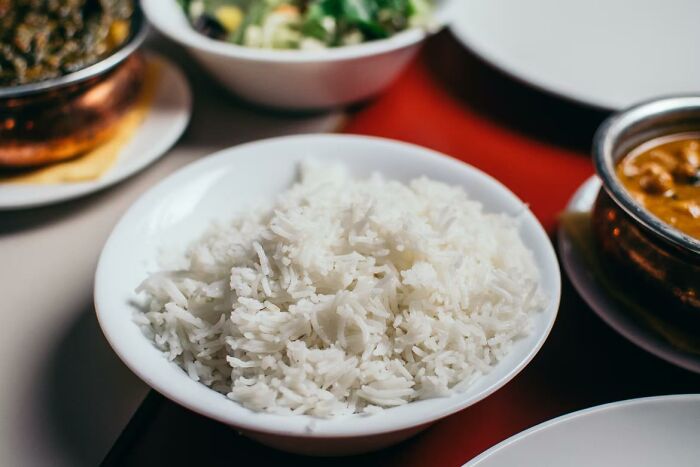
Image credits: aichliss
#19 Fruits And Vegetables
Go for it, these things are nutrient bombs and they’re delicious. Buy them seasonally for the best value and if you have a day to do so, preserve them if you ever see a huge sale. I’m still enjoying lacto-fermented blueberries from last year’s insane blueberry harvest where I could buy a pint for a dollar.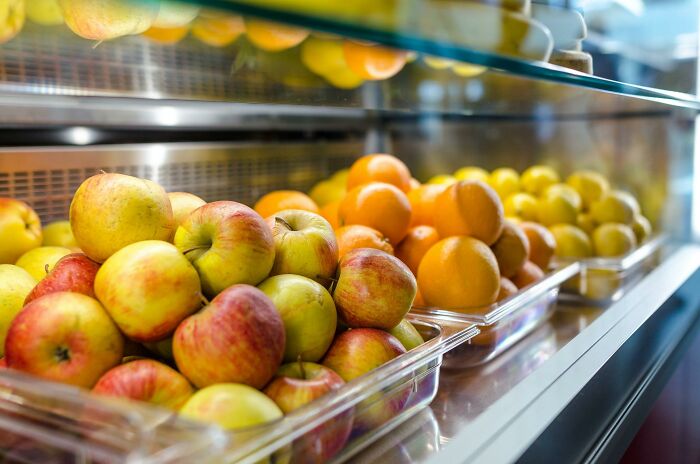
Image credits: aichliss
#20 Proteins
IF YOU EAT MEAT, buy the least processed cuts you can. Whole chickens, meat on the bone, and ground meats are your best friends. Go to butcher shops, if you can. Freezing meat is fine, but try to avoid buying pre-made frozen protein options. Get raw product and do the work yourself to save a LOT of cash and get better food out of it.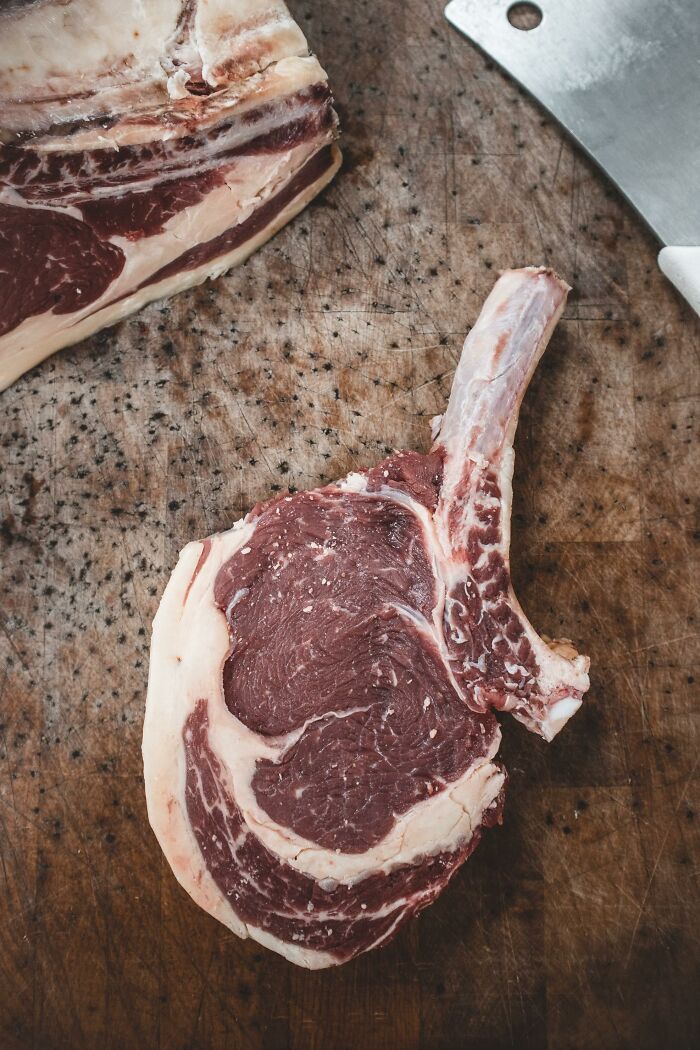
Image credits: aichliss
#21 Fruits And Vegetables: Onions
Buy them fresh and store them in dry, enclosed spaces, and buy tomatoes canned and without salt added. Use onions in almost everything, they’re delicious, cheap, and nutritious.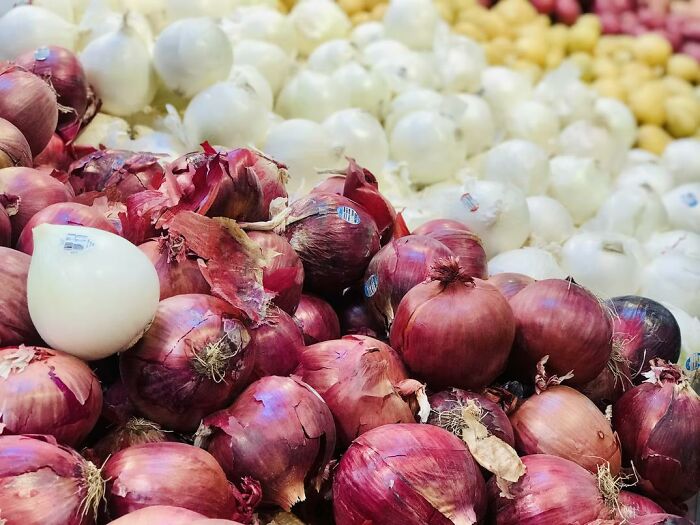
Image credits: aichliss
#22 Fish Is Iffy
Like, as an industry. Not many people know their fish, and fish processing companies know that and capitalize on it. I always tell people who like fish to buy fresh and whole, and to learn how to pick good fish. Buying cheap processed fish products is akin to asking to be ripped off, to harm the environment, and to accumulate toxins in your body, all at the same time. To not get completely F-ed over by what is maybe the worst food industry in the world you need to know your fish, know the company you’re buying from, and know who’s doing the fishing. Good luck, and please try not to contribute to the death of our water ecosystems. (A good trick is that if you can afford fish when you’re poor and you don’t live beside a large body of water, you almost certainly DON’T WANT IT.)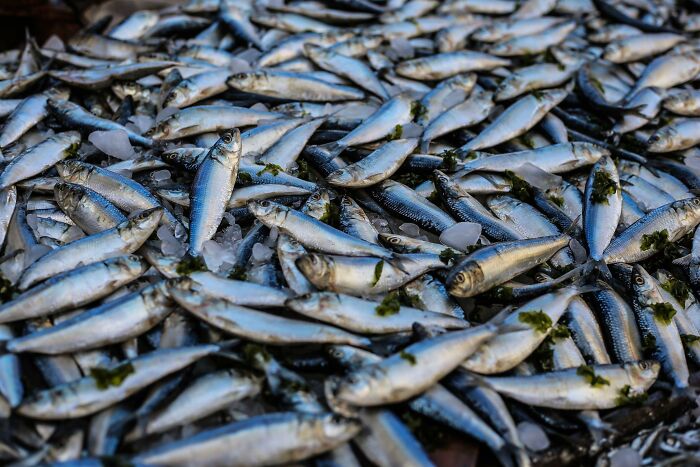
Image credits: aichliss
#23 Fruits And Vegetables: Potatoes
Treat these as a starch option similar to grains or cereals. Buy them unprocessed, in a sack. Store them in dry, enclosed spaces.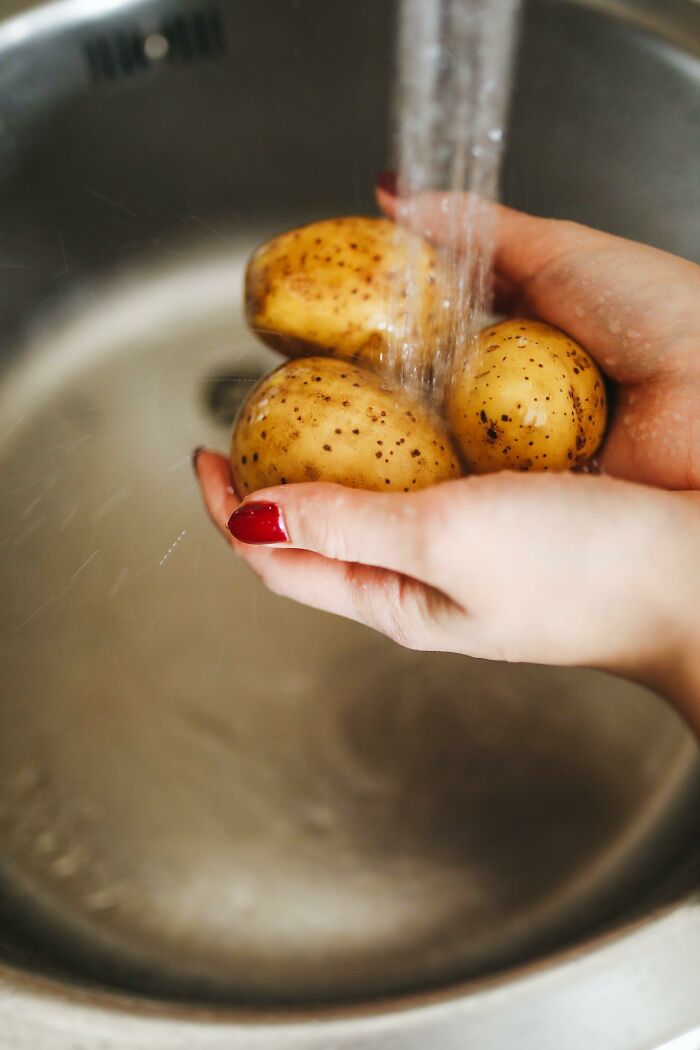
Image credits: aichliss
#24 Grains And Cereals: Barley
BARLEY, also, is amazing, but for other reasons. It’s high in protein and iron, and can help dramatically improve your nutrient intake for very little cost. In soups, roasted in tea (thanks Korea), and used in tandem with rice, it can go a very, very long way in making your diet a more sustainable one in times of austerity and plenty, alike.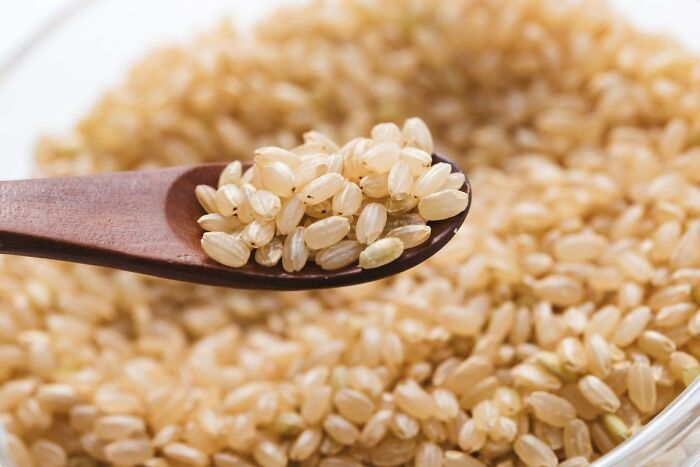
Image credits: aichliss
from Bored Panda https://bit.ly/3xjlvkG
via Boredpanda
